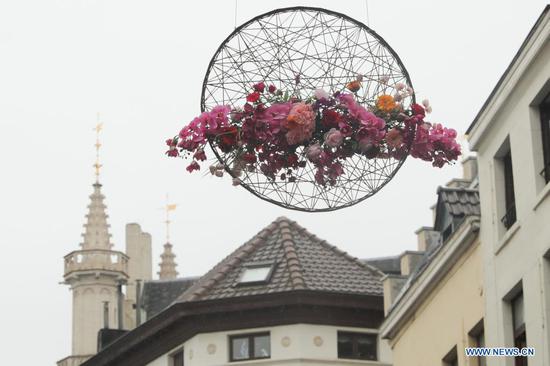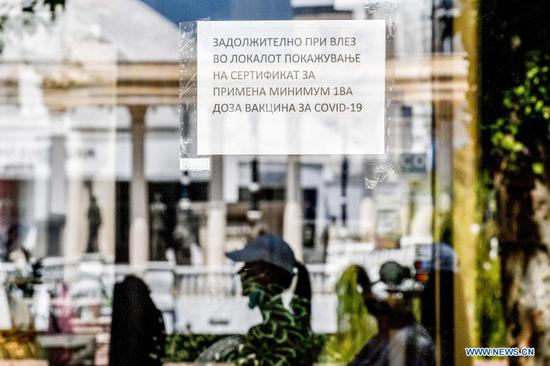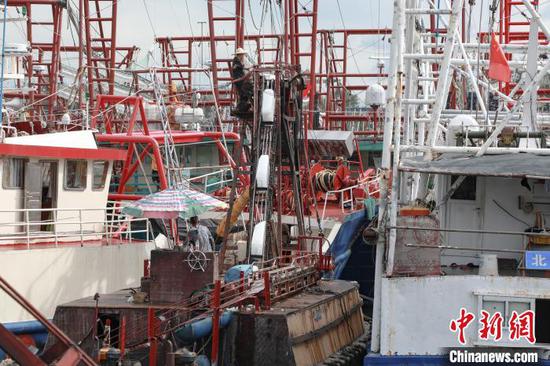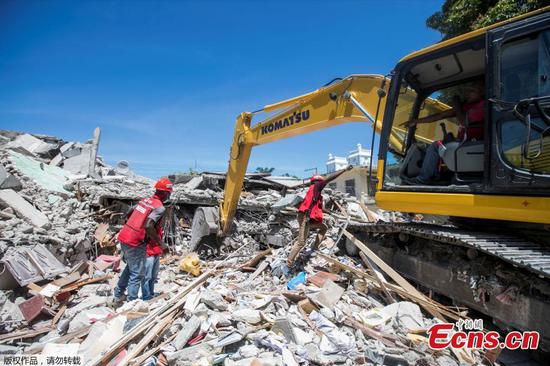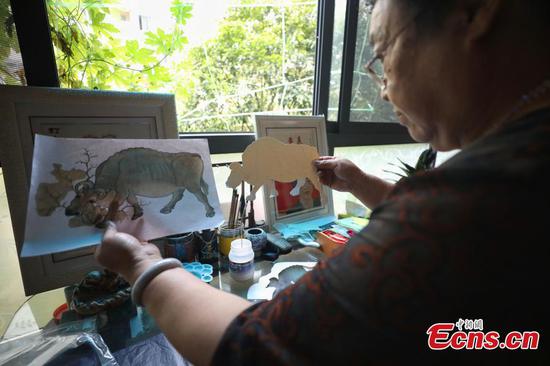China has seen notable progress in the excavation, utilization and protection of cultural relics since the 18th National Congress of the Communist Party of China in 2012, according to a report submitted for deliberation at the ongoing session of the National People's Congress Standing Committee.
China has 766,700 immovable cultural relics, 108 million pieces (sets) of state-owned movable cultural relics and 56 UNESCO World Heritage sites, such as "Quanzhou: Emporium of the World in Song-Yuan China," according to the report from the State Council, delivered by Vice Minister of Culture and Tourism Li Qun, who is also head of the National Cultural Heritage Administration.
The country has strengthened archaeological work by approving the implementation of over 7,000 archaeological excavation projects, achieving important results, says the report.
Steady progress has been made in underwater archaeology, notes the report. For instance, over 180,000 pieces (sets) of cultural relics were excavated from Nanhai (South China Sea) No. 1, a cargo ship from the Song Dynasty (960-1279) salvaged in the South China Sea in 2007.
The central government has arranged a total of 57 billion yuan (about 8.78 billion U.S. dollars) for cultural relics protection since 2012, says the report, adding that an average of over 1 billion was spent on ensuring cultural relics safety every year.

















